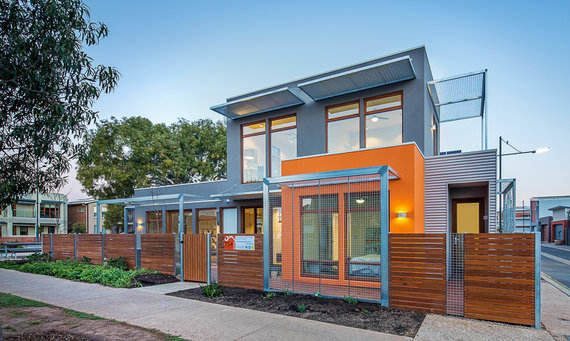“The people living in Lochiel Park have no fear of the cost of energy because they actually generate as much energy as they use. The fact that none of them have an electricity bill helps to reduce the stress of owning a house,” Dr Berry said.
“Most of the residents were also of one mind in thinking that they were helping with the environment, which helped with their mental wellbeing.”
The research was funded by the Cooperative Research Centre for Low Carbon Living(CRCLCL), which is pushing for a national zero carbon housing standard.
CRCLCL Chief Executive Deo Prasad said Lochiel Park was proof that whole communities could be developed to become close to carbon neutral.
“It has been possible for people to build individual homes that are zero carbon, or near zero carbon homes. But this project shows that it can be expanded on a bigger scale,” he said.
“There are multiple co-benefits of living in one of these homes. The cost benefits, environmental benefits and the health benefits all point to the fact that there will one day be a carbon neutral city.”
Source: The Lead. Reproduced with permission.




View Comments
Oh how wonderful to start with fresh canvas when designing. This village is a fantastic example of what can be achieved for anyone considering building a new house anywhere. In my solar business, I have tried to convince people over the years, that if the house envelope is designed to be energy efficient and install PV and SHW that they can live free from power bills, which pays for their investment and over a 30yr mortgage, the extra expense won't be missed and in fact will pay for itself, by being able to pay it off quicker with the savings.
I note there was no mention of battery storage in this article.
The project home building industry, traditionally does not care about these things. Time to change!